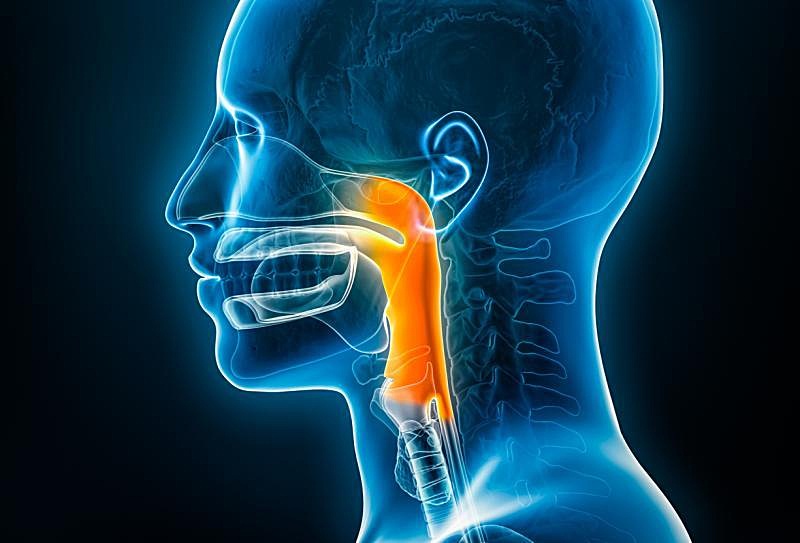A team of researchers has utilized an extensive collection of over 5,000 tongue images to train an artificial intelligence (AI) algorithm in a traditional method of disease diagnosis. The study, led by Ali Al-Naji, an adjunct associate professor at the University of South Australia (UniSA), revealed that the color of the tongue can accurately indicate internal health conditions. Al-Naji stated, “By analyzing the tongues color, we identified various health conditions, demonstrating the potential of this method for non-invasive diagnosis.” The algorithm showcases an impressive 98% accuracy rate, enabling the detection of diseases such as diabetes, stroke, appendicitis, gastrointestinal problems, and cancer based on the color of the tongue.
The tongue serves as a valuable indicator of overall health and various diseases as it reflects changes in the body’s internal state. Al-Naji explained, “The tongue can offer clues about overall health and various diseases because it reflects changes in the body’s internal state.”
The research involved testing six different machine learning algorithms using seven color classes (red, yellow, green, blue, gray, white, and pink) to determine the most precise algorithm. The diagnostic accuracy of the algorithms ranged from approximately 91% to 99%. The algorithm with the highest accuracy, XGBoost, was selected, boasting an impressive 98.71% accuracy rate. It was integrated into a visual user interface to determine tongue color and its associated diseases.
Real-time testing of the imaging system was conducted using 60 tongue images from patients with various health conditions obtained from two teaching hospitals in the Middle East. The diseases included diabetes mellitus, mycotic infection, asthma, anemia, fungiform papillae, and COVID-19. The research team was astonished by the accuracy of the algorithm, especially in real-time conditions and with varying lighting. Al-Naji stated, “The high accuracy of over 98% in detecting tongue colors exceeded our expectations, showing the effectiveness of AI in tongue diagnosis.”
The algorithm succeeded in accurately predicting several diseases related to tongue colors, including diabetes, mycotic infections, asthma, COVID-19, and anemia, by analyzing changes in tongue color. Each condition exhibited distinct color patterns that the system could detect accurately.
The study involved capturing tongue color using cameras placed 20 centimeters away from patients. The collected data was then analyzed in real-time to predict the patients’ health conditions.
Giovanni Maciocia, an esteemed author, lecturer, and practitioner of Chinese medicine, wrote extensively on the subject of tongue diagnosis throughout his career. One of his textbooks on the topic is used by colleges worldwide.
While the technology shows promising potential, further testing, validation, and regulatory approval are necessary before it can be widely adopted for clinical use.
Discover more from Tension News
Subscribe to get the latest posts sent to your email.

